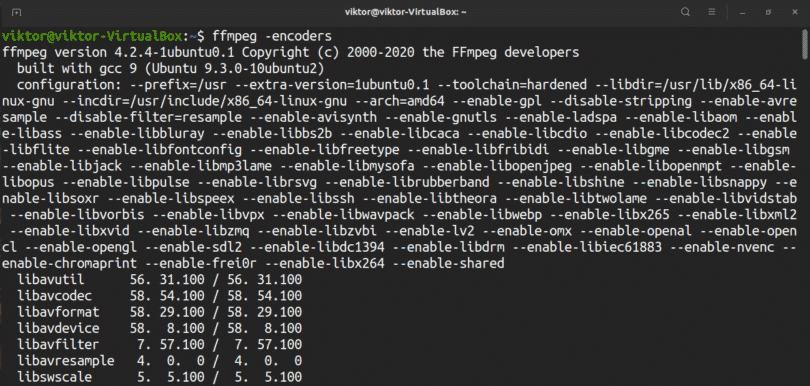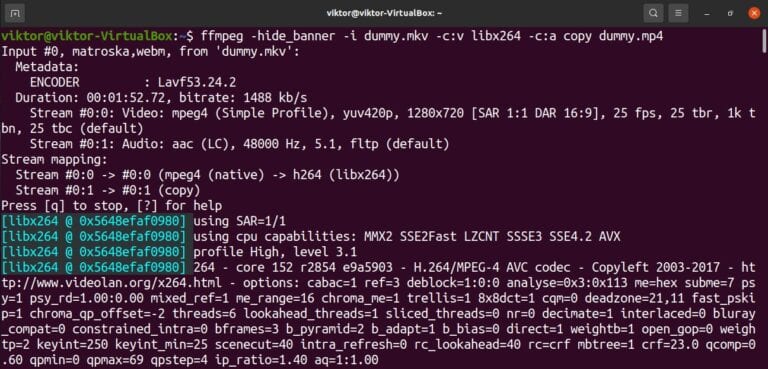

- Ubuntu ffmpeg unknown pcm Pc#
- Ubuntu ffmpeg unknown pcm download#
- Ubuntu ffmpeg unknown pcm free#
- Ubuntu ffmpeg unknown pcm mac#
In my case I use NFS storage when editing. You might have your data stored on local storage or network shares. Next let’s find the file we need to convert. In Windows you could execute FFmpeg via the Command Prompt by navigating to its path with “cd” and typing “ffmpeg.exe”. home/someuser/ffmpeg-version/./ffmpeg) on Linux. You could also just execute ffmpeg directly (i.e. I downloaded static binaries and symlinked them so they were in my path. Installing is pretty straight forward if you’re familiar with your OS.

Ubuntu ffmpeg unknown pcm download#
You will also likely encounter DNxHR again and it’s good to know.įirst you need to download FFmpeg, here is also a direct link to their builds for Windows, Linux and Mac.

Ubuntu ffmpeg unknown pcm mac#
Mac users may want to research ProRes, but can still benefit from understanding how we’re using FFmpeg in this article.
Ubuntu ffmpeg unknown pcm Pc#
It is especially useful for PC users and is overall a great codec. Today I’m gonna teach you one codec, DNxHR. I had to do quite a lot of research and it’s largely why I wrote this article. Note: Some codecs are poorly documented, DNxHR is one of those codecs. This may seem like a lot, but the results and optimization are worth it.

This includes some testing and validating that you understand whats going on. If you’re technical you can learn each major codec in about an hour or two a piece. So while you might feel happy with the results, you may be settling short of optimal. You often don’t learn how anything works, because they tend to have decent presets. These GUIs are appealing, but have a side effect. There are GUI options like Handbrake, which will configure FFmpeg for you. If you run it for the first time it will feel like some kind of evil experiment in pissing you off. It’s also pretty quick when it comes to many common codecs and render times. Its scope is far beyond proxies and optimized formats for NLEs, it is a swiss army knife. This transcoder is open source and able to handle almost any codec and use case.
Ubuntu ffmpeg unknown pcm free#
Remote transcoding is great to free up your workstation or edit bay while a server whirls away. Furthermore not all these editors support a simple way to transcode on a remote system. They often have very limited codec options without added plugins. Unfortunately these NLE applications aren’t always great at maximizing system resources. Then you can just edit with that and not use a proxy at all. Another preference may be to convert to an NLE friendly codec/format like DNxHD. Many NLEs even have a built-in workflow that does this. Then use the result as a lightweight proxy for editing, but at delivery use the original to transcode the final product. Use a low resolution and bit rate with a friendly codec. You could transcode, “render” or “optimize” it with your Non-Linear Editing (NLE) system. These codecs are a burden for even powerful workstations to process. Many consumer cameras only output to formats suited for content delivery (i.e. If you’ve ever tried to edit H.264 video, especially 4K you know it can be a stuttering choppy pain! I’ve even seen crashes.


 0 kommentar(er)
0 kommentar(er)
